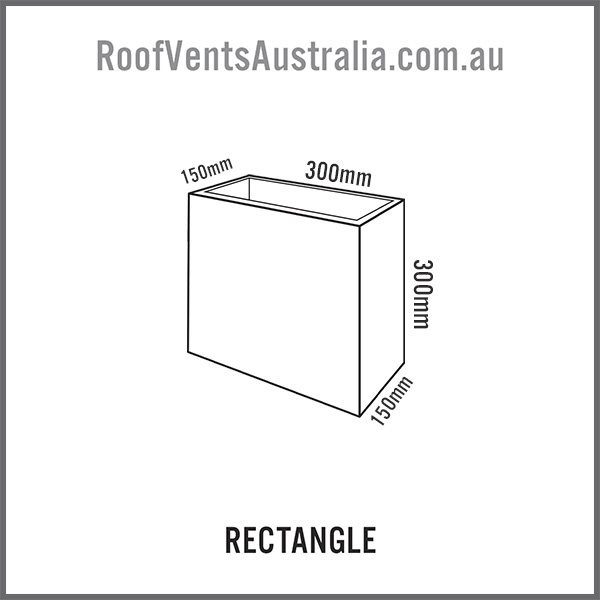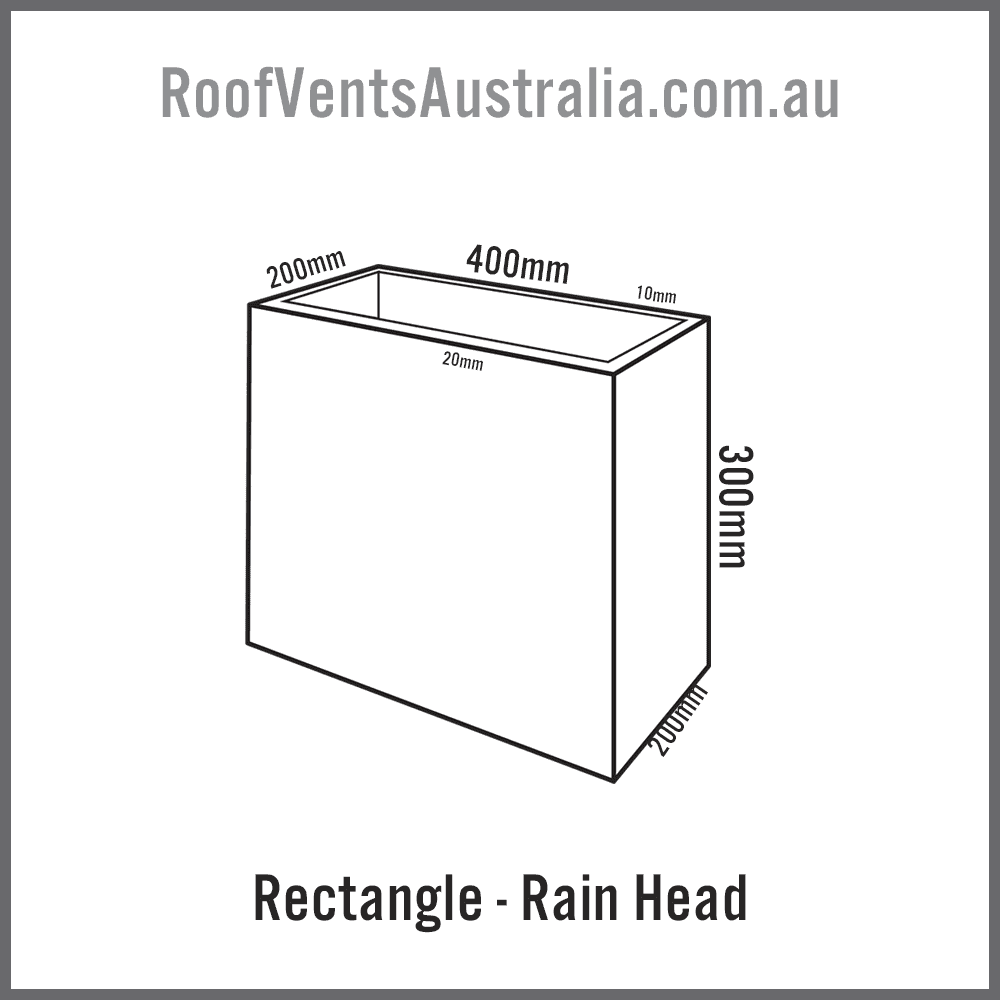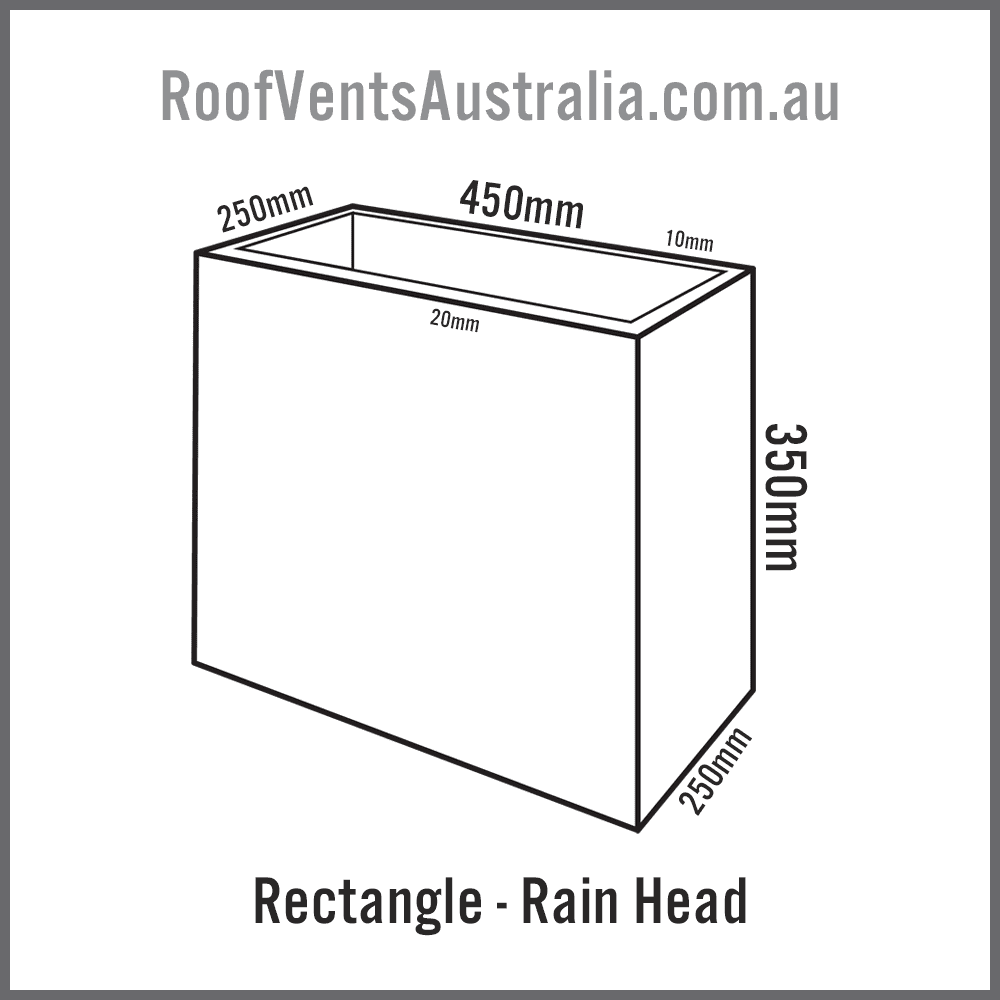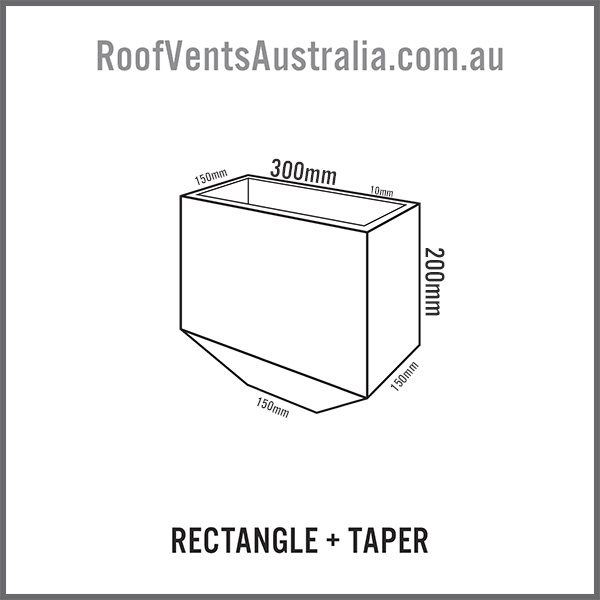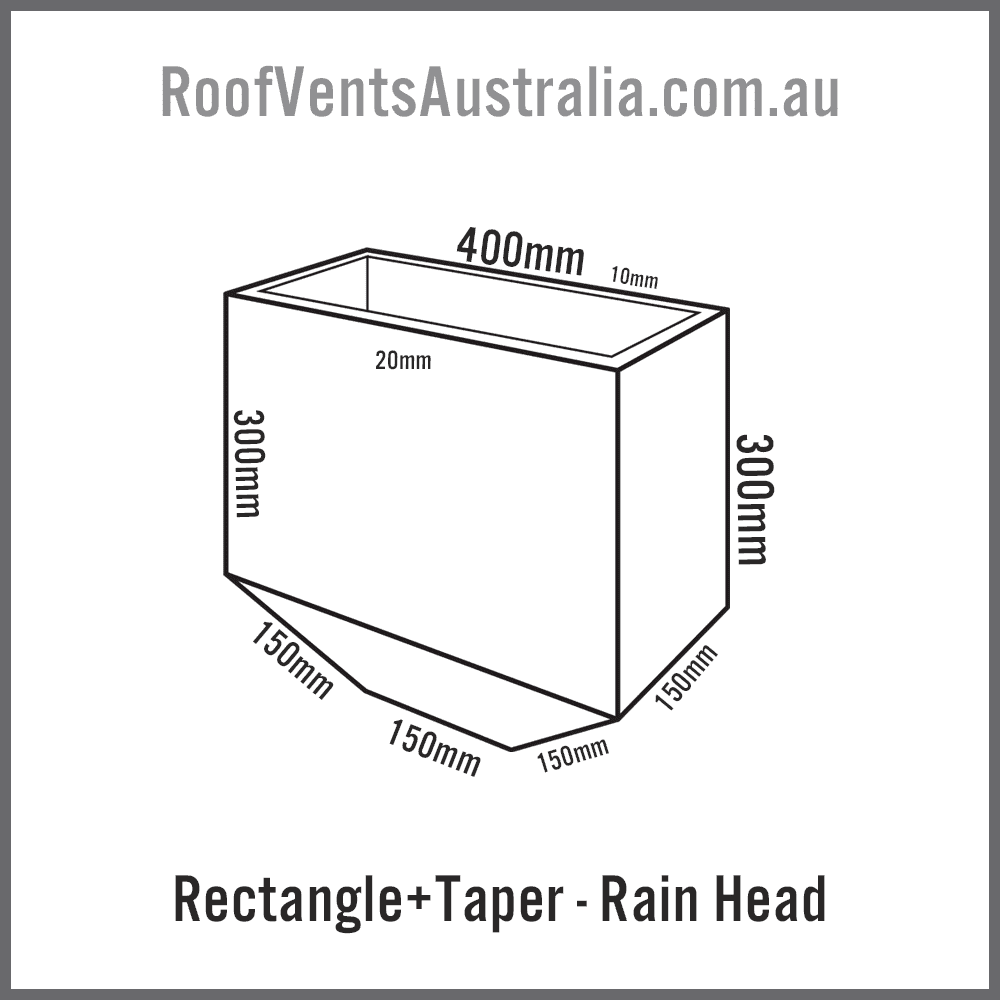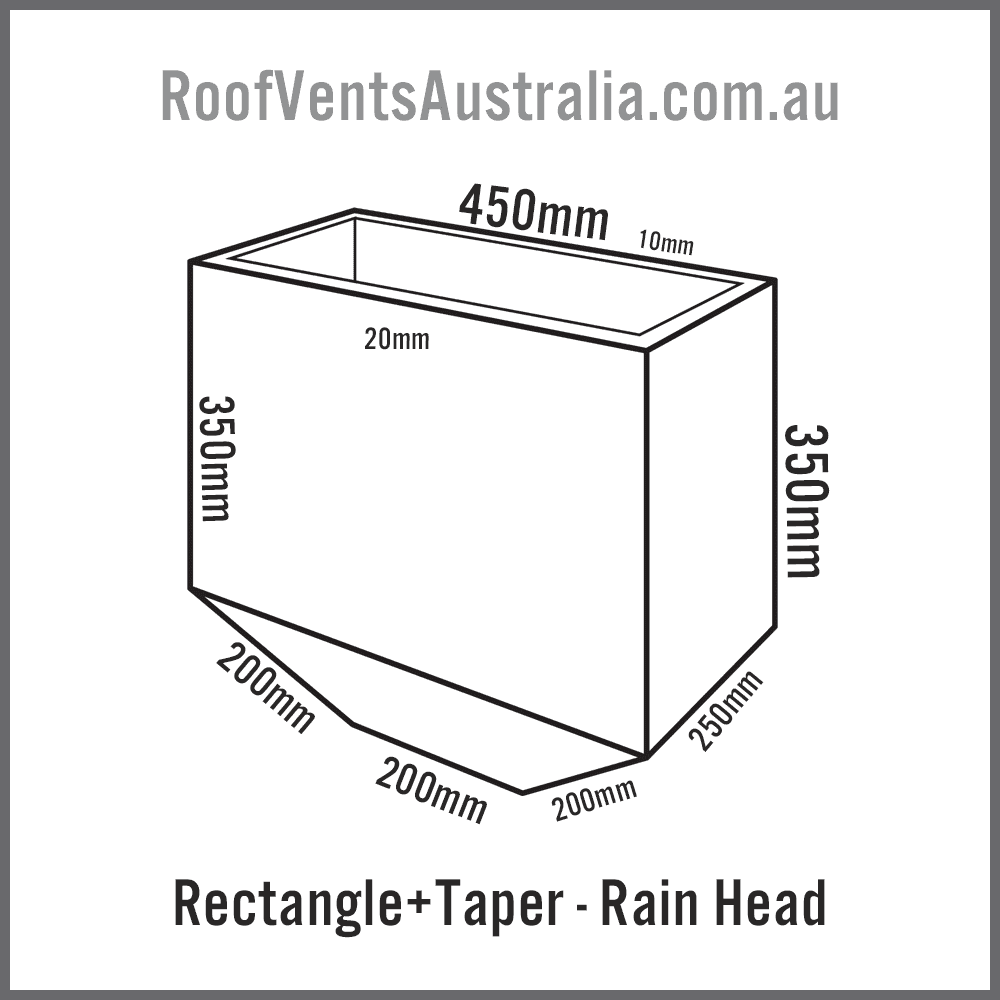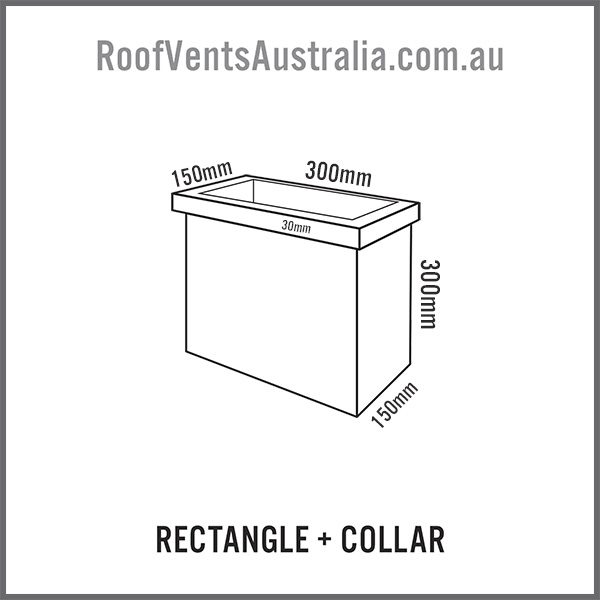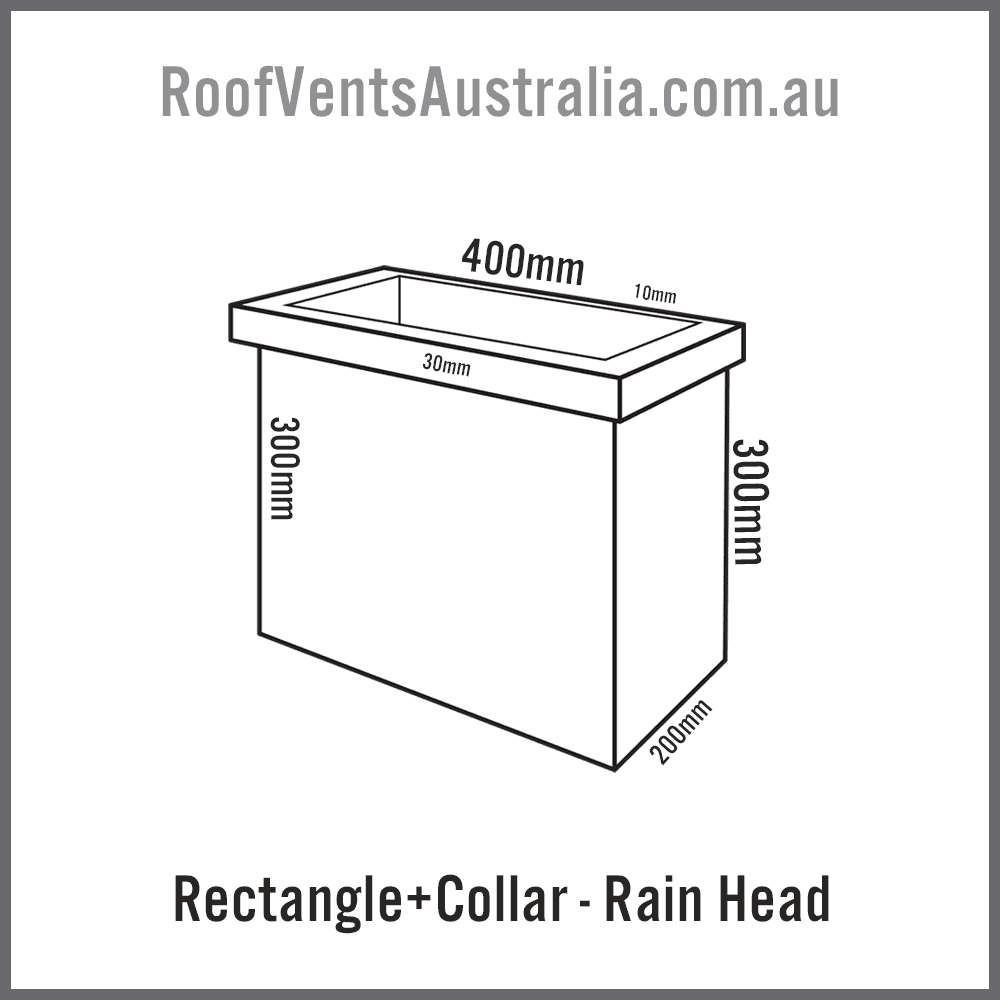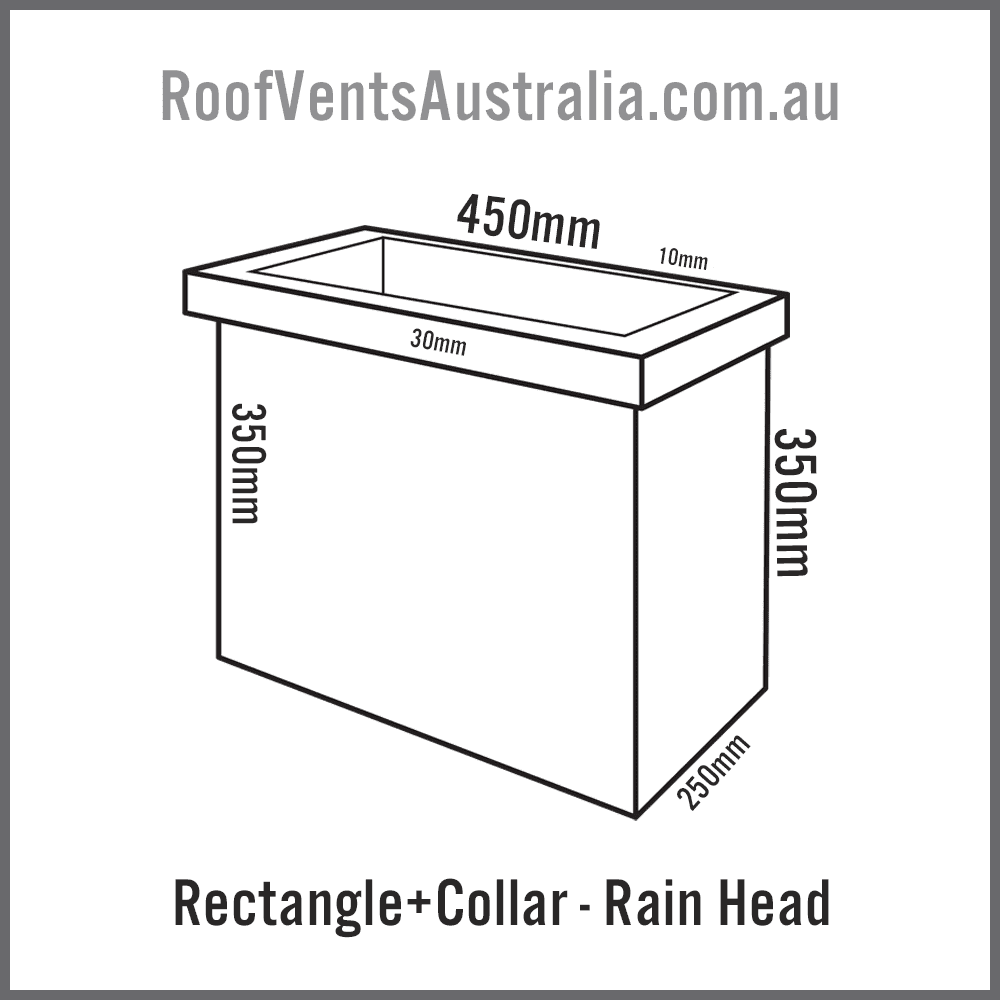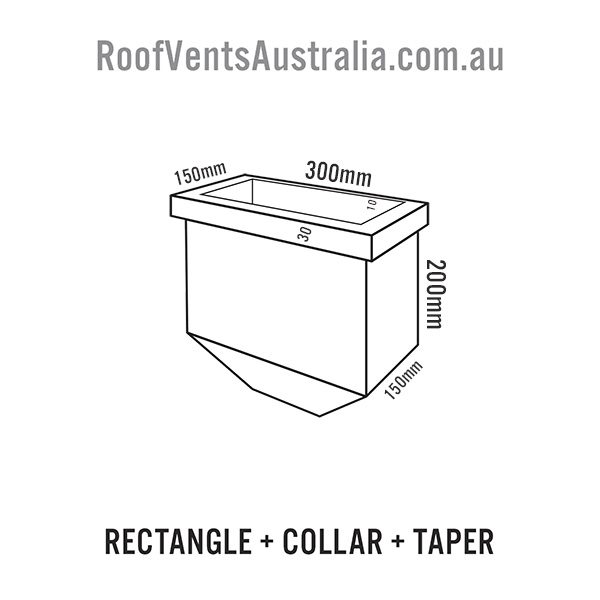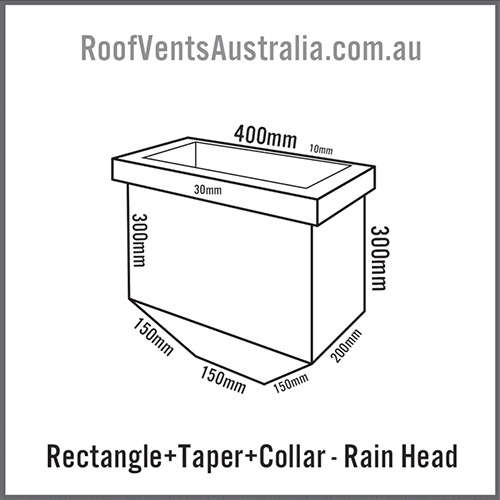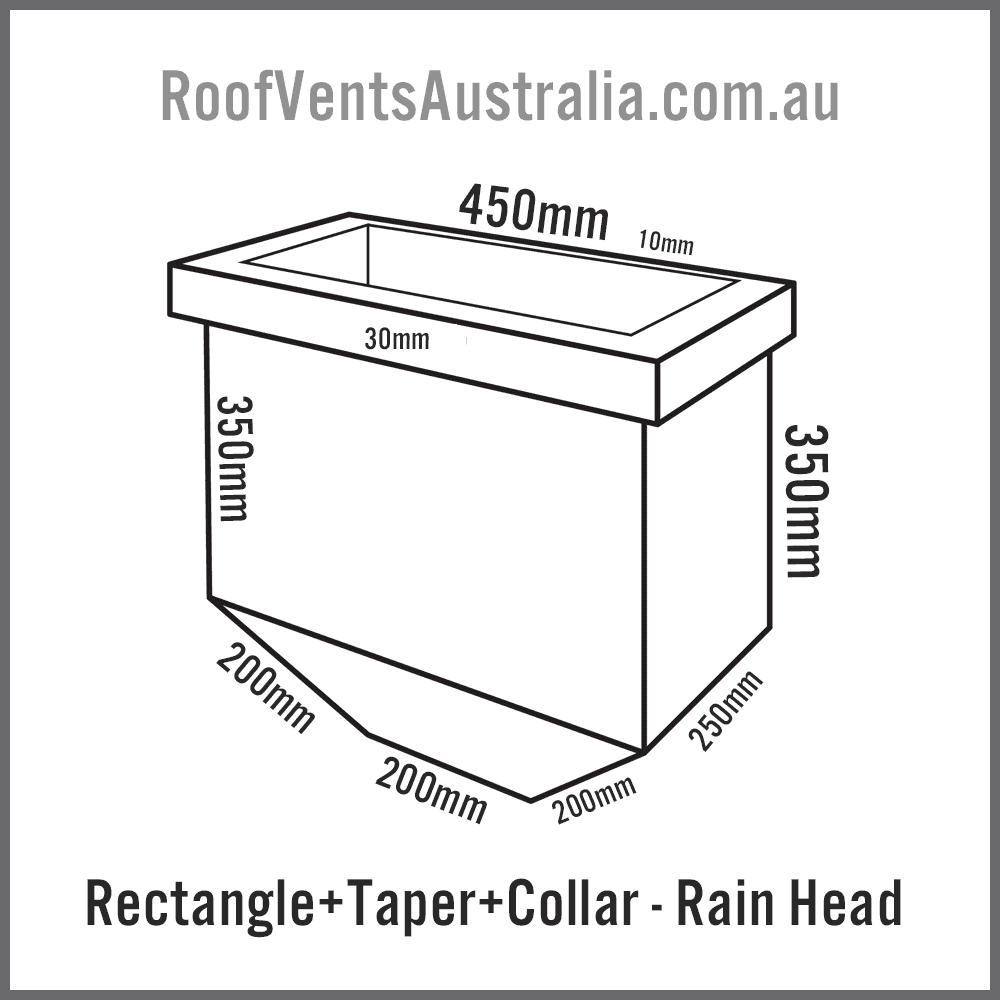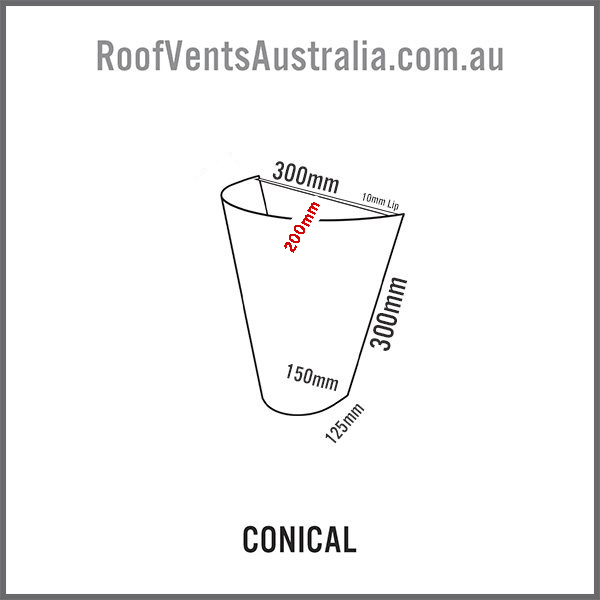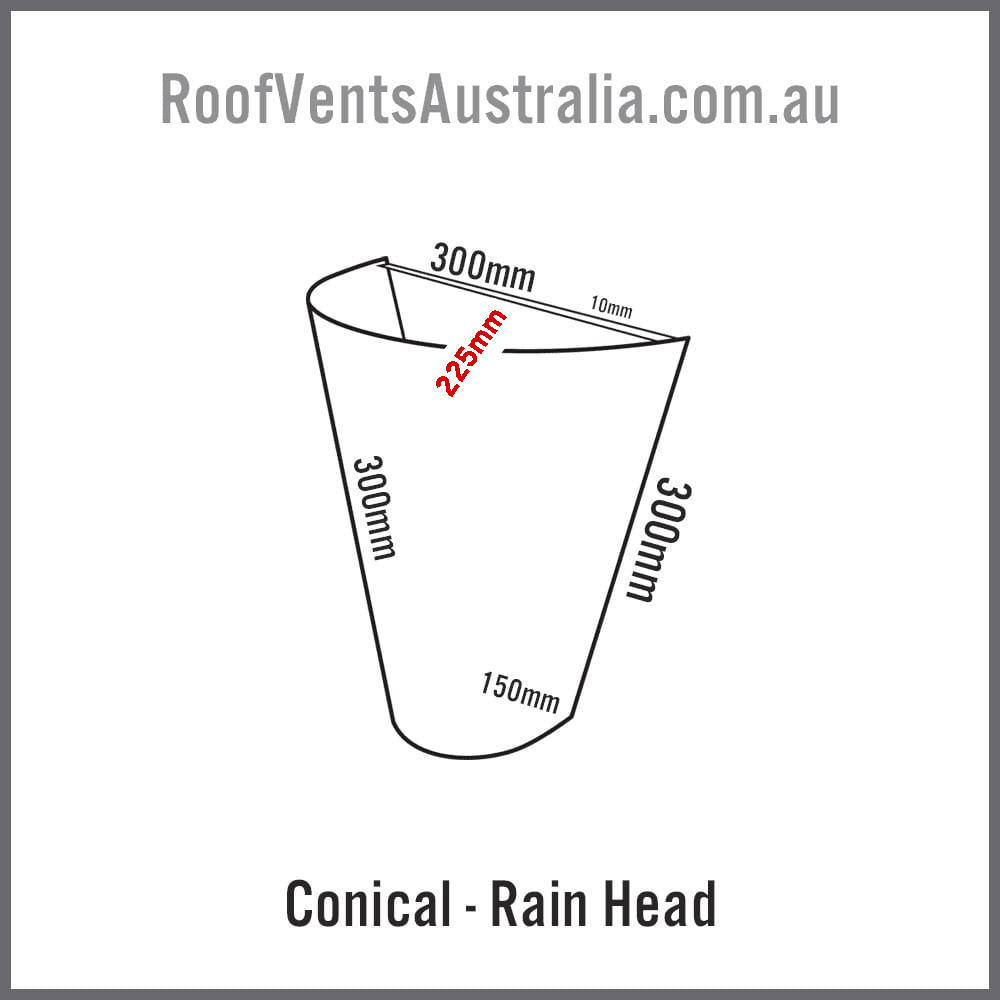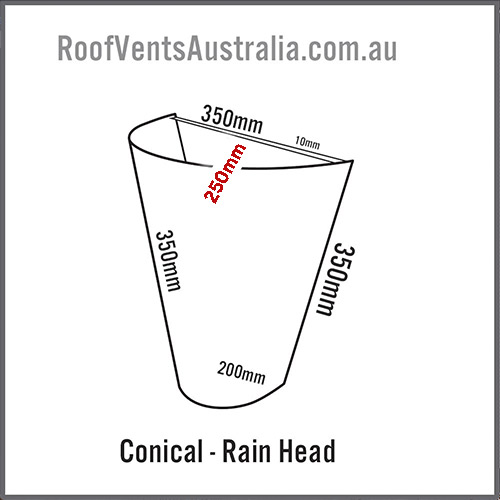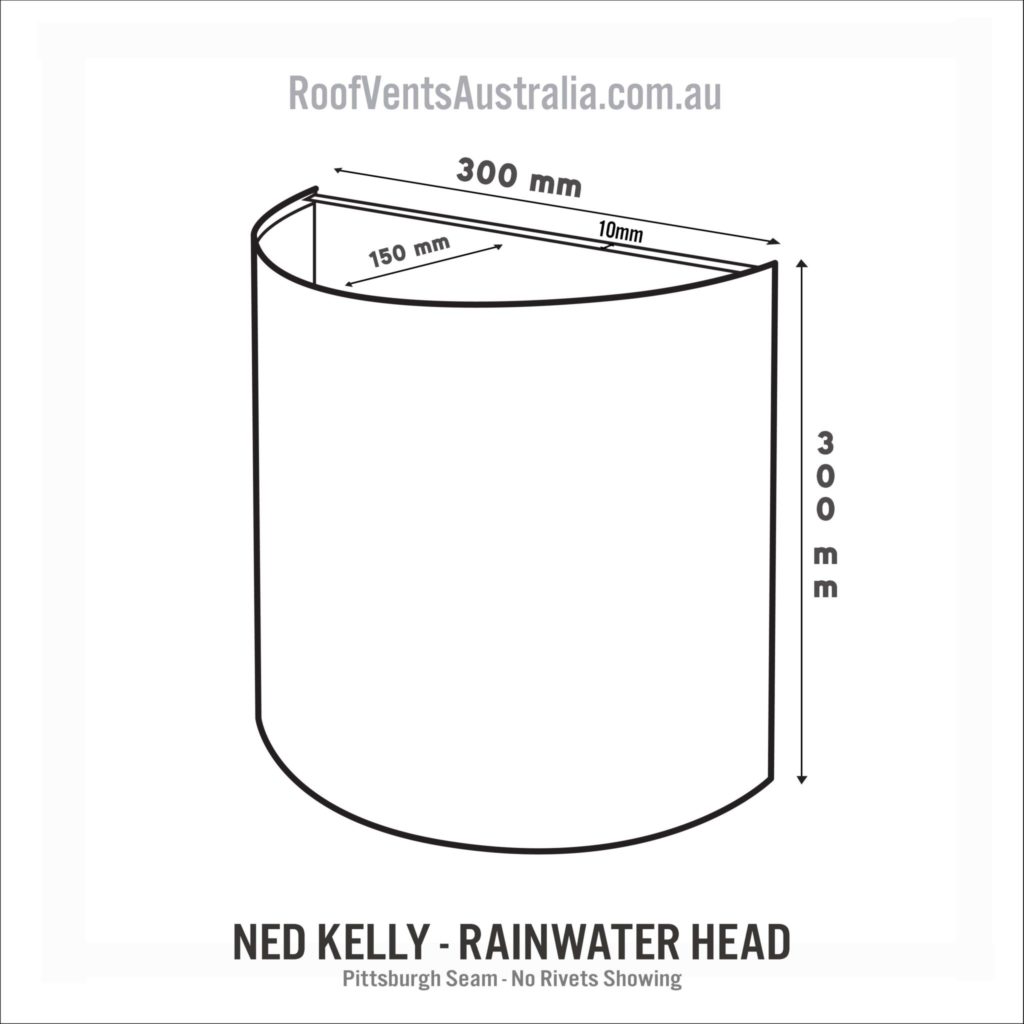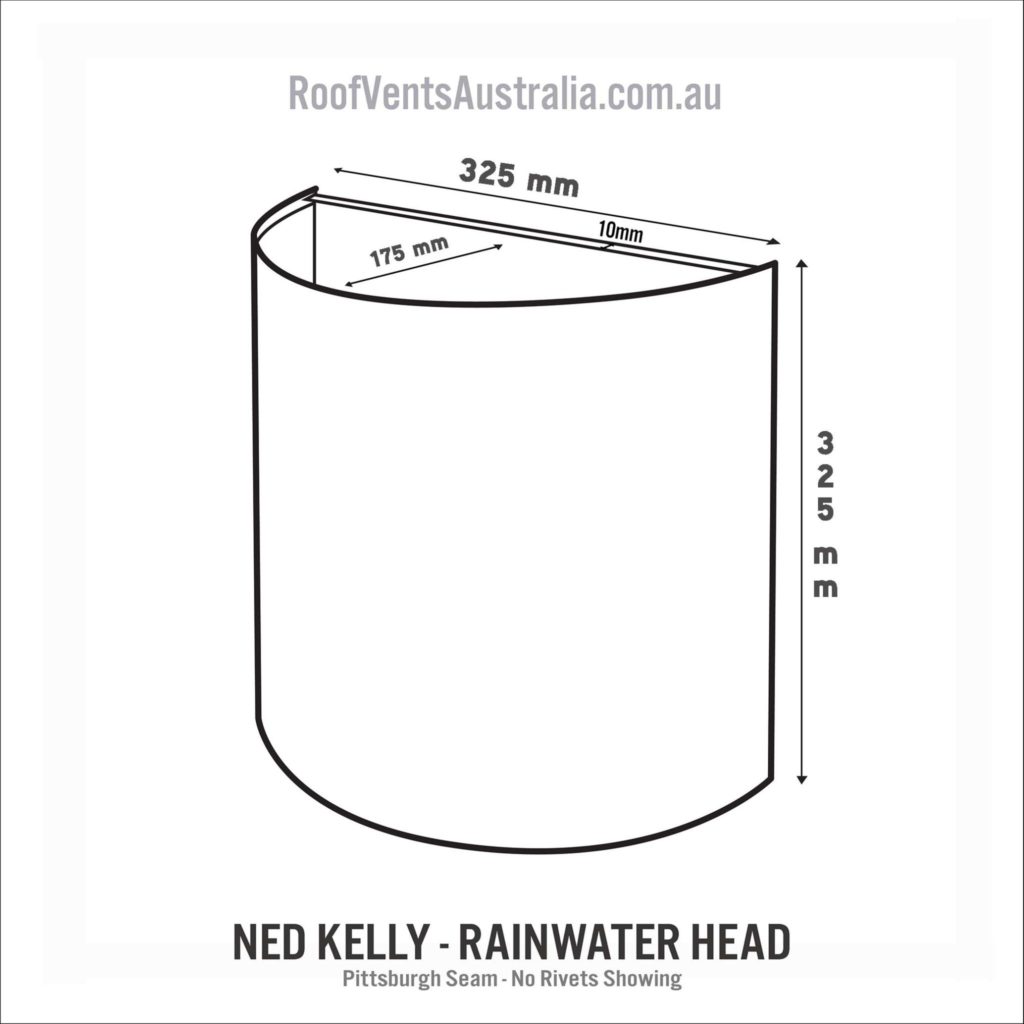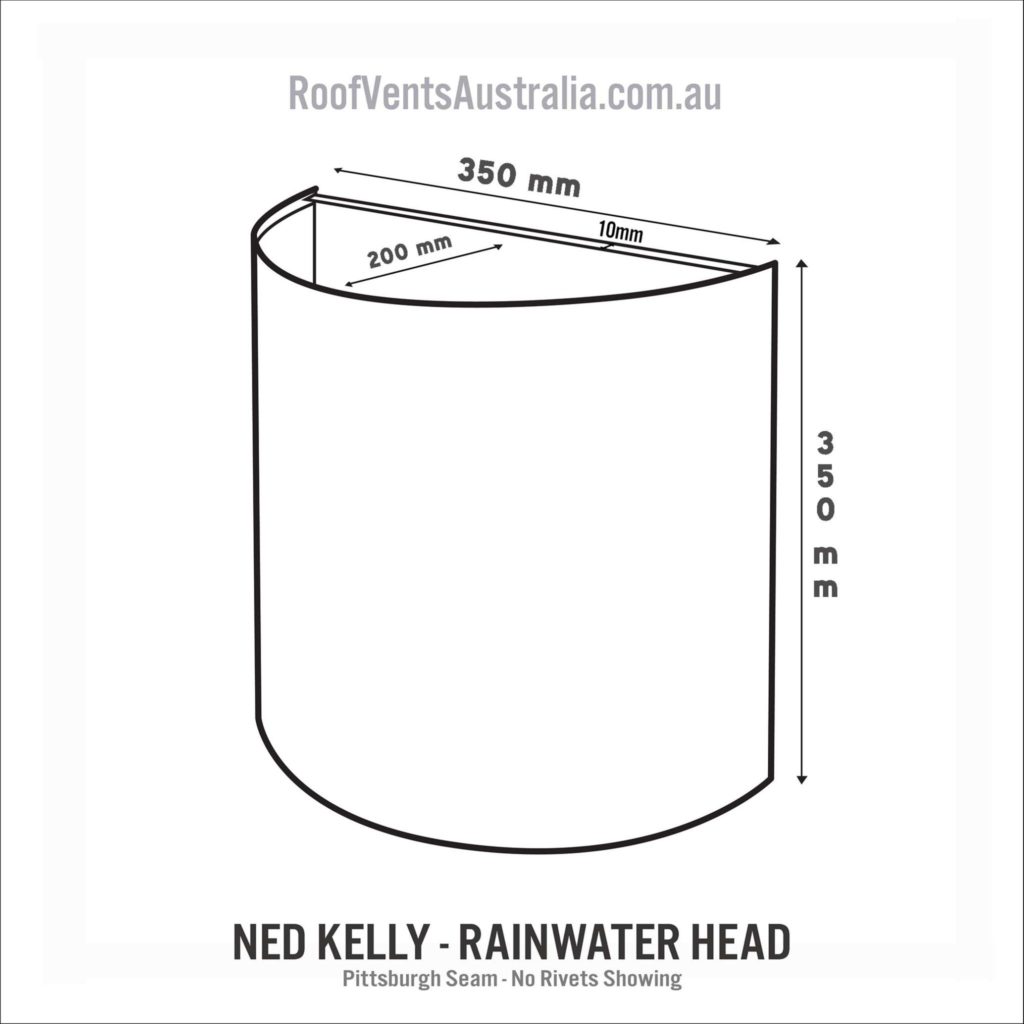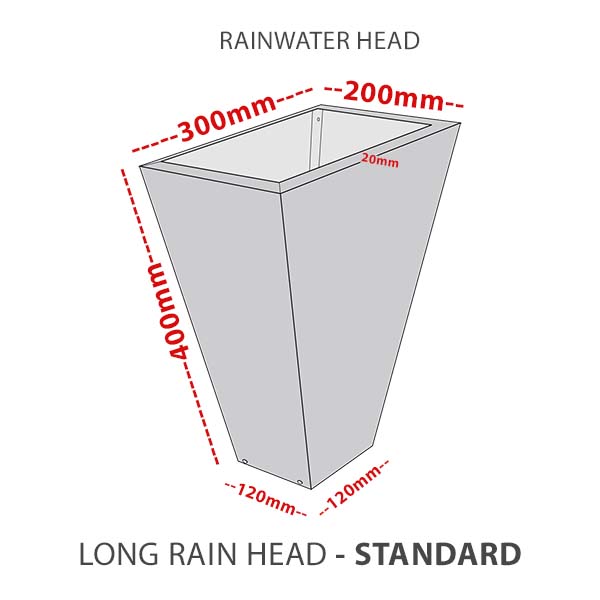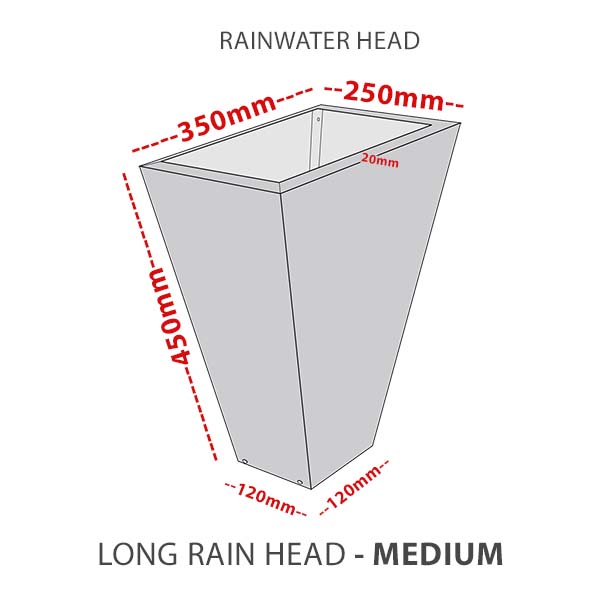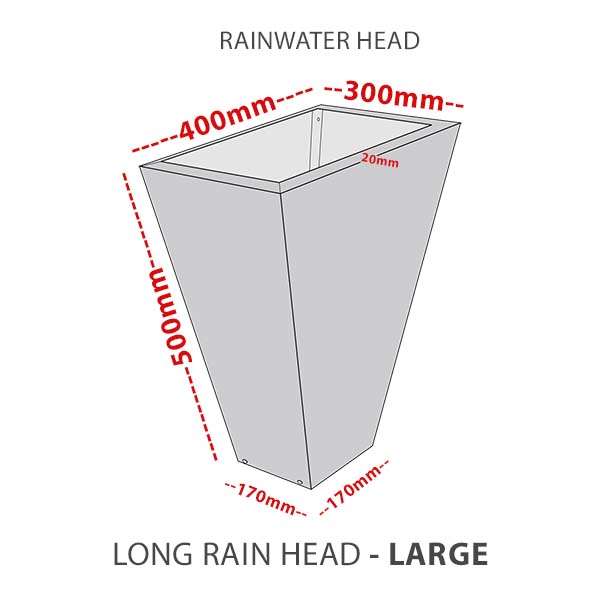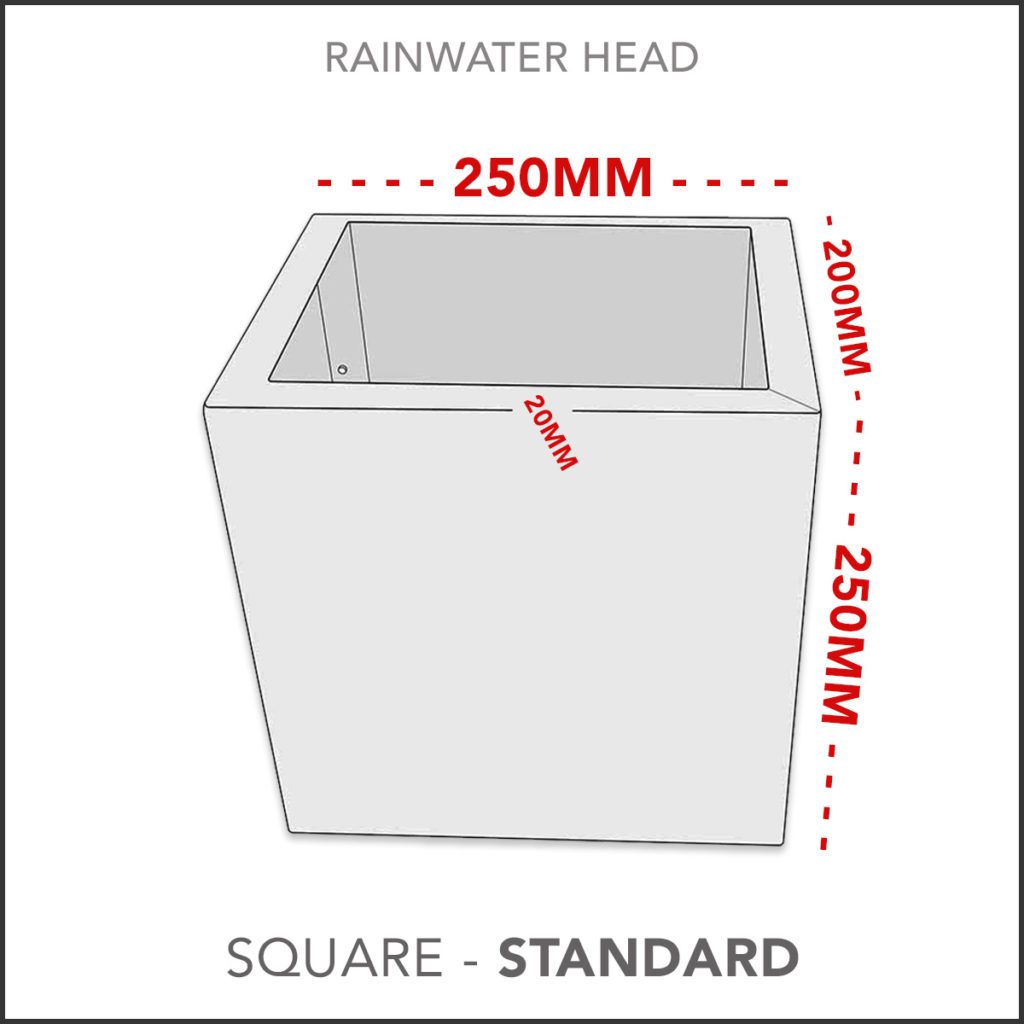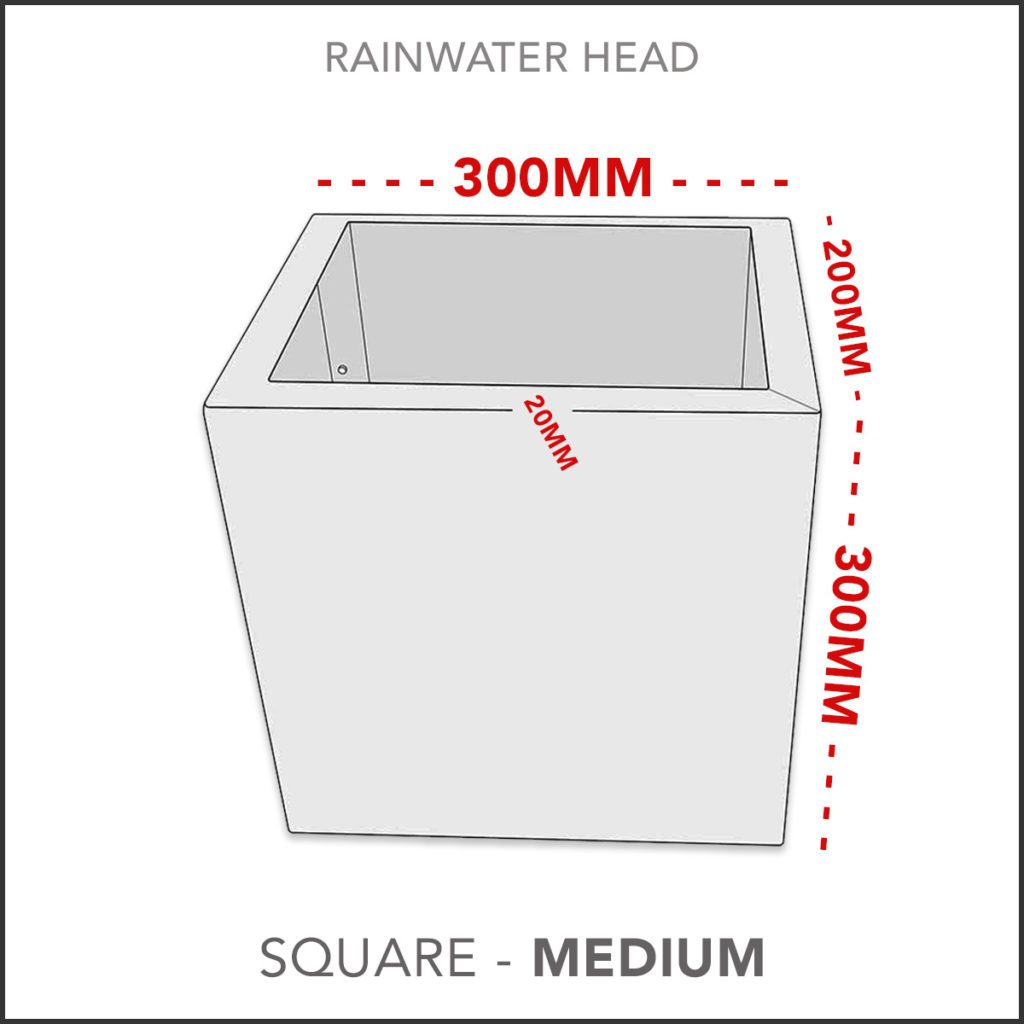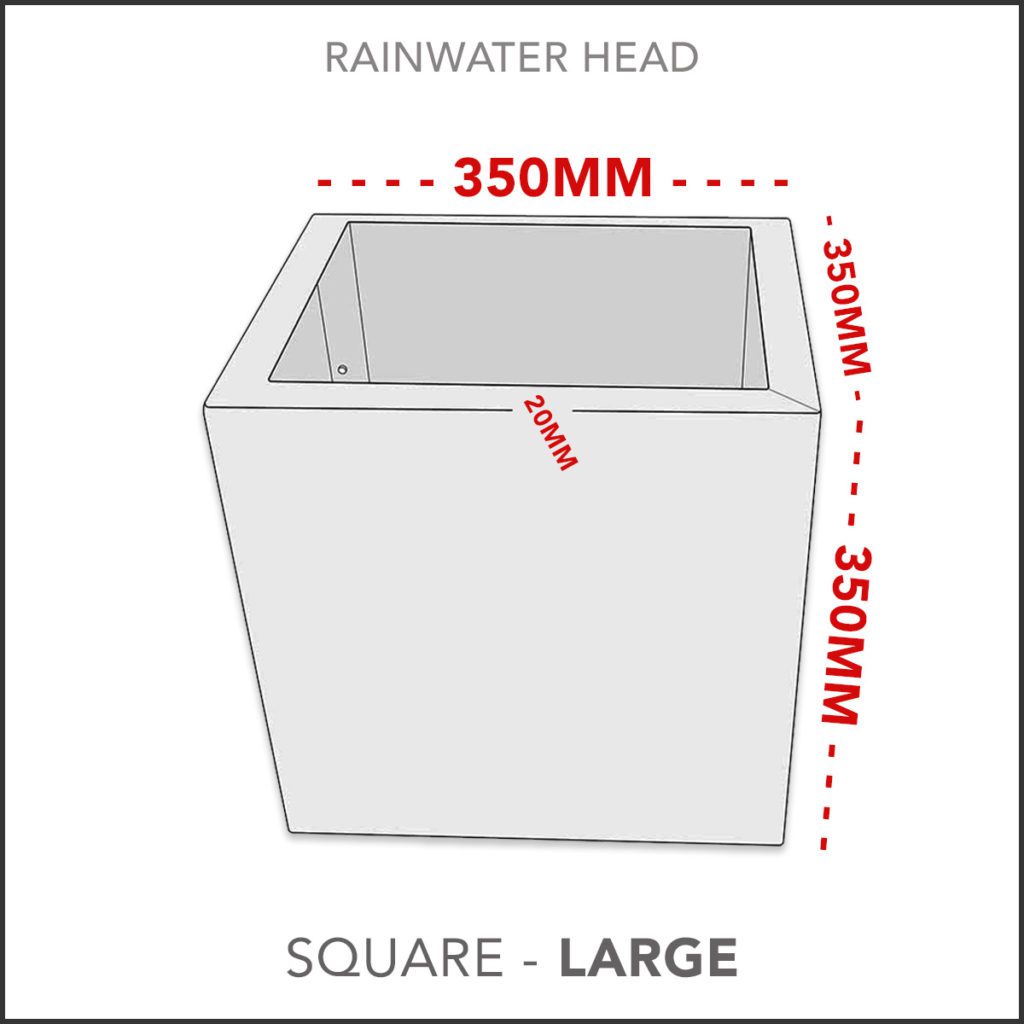RAINWATER HEADS
What is the difference between a sump and a rain head?
A sump and a rain head are both components of a plumbing system that help manage water flow, but they serve different purposes.
A sump is typically a pit or container located below ground level that collects water from a variety of sources, such as rainwater, groundwater, or wastewater. Sumps are commonly used in basements, crawl spaces, and other areas where water may accumulate. The collected water is then pumped out of the sump and directed to a drainage system, such as a storm sewer or a septic system.
On the other hand, a rain head is a type of gutter accessory that is designed to collect rainwater from the roof of a building. It is typically installed at the top of a downspout and features a large opening or catchment area that allows rainwater to flow into the gutter system while filtering out leaves, debris, and other particles. Rain heads can help prevent clogging in the gutter system and ensure that rainwater is directed away from the building’s foundation.
In summary, a sump collects water from various sources and pumps it out to a drainage system, while a rain head collects rainwater from a roof and directs it to the gutter system.
What are rainwater heads used for?
Rainwater heads, also known as rainwater collectors or catchment systems, are devices that are used to collect and redirect rainwater from the roof of a building or structure into a drainage system or storage tank. They are typically installed at the top of downspouts or gutter systems and act as a pre-filter to prevent debris and large particles from entering the drainage system.
Rainwater heads are commonly used in rainwater harvesting systems, which are designed to collect and store rainwater for later use. The collected rainwater can be used for a variety of purposes, including irrigation, toilet flushing, laundry, and other non-potable uses.
In addition to their practical use in rainwater harvesting systems, rainwater heads can also be used for aesthetic purposes. They are available in a variety of designs and materials, and can be used to enhance the appearance of a building or structure while also serving a functional purpose.
Do I need rainheads for downpipes?
Rain heads, also known as rainwater heads or collector heads, are not always necessary for downpipes, but they can provide several benefits if installed correctly. Rain heads are typically installed at the top of a downpipe and act as a collection point for rainwater, preventing debris and leaves from entering the downpipe and causing blockages. They also provide a smooth transition for the water from the gutter to the downpipe, reducing the risk of overflow or backflow.
In addition to their functional benefits, rain heads can also add aesthetic appeal to a building’s exterior. They come in a variety of styles and materials, such as copper, stainless steel, and PVC, and can be customized to match the existing gutter system.
Whether or not you need rain heads for your downpipes depends on a few factors, such as the location of your property, the amount of rainfall you typically receive, and the presence of surrounding trees or other debris. If you live in an area with heavy rainfall or have a lot of trees surrounding your property, installing rain heads can help prevent blockages and keep your gutter system functioning properly. However, if you live in an area with little rainfall or have minimal debris around your property, rain heads may not be necessary.
Ultimately, the decision to install rain heads on your downpipes is up to your personal preference and the specific needs of your property. It may be helpful to consult with a professional gutter installer to determine the best course of action for your specific situation.

